A story about Ukrainian monumental art of the Soviet period in Mariupol. Photographer Stanislav Ivanov lived in Mariupol all his life. He studied history, streets, houses, monumental art. Some of the mosaics are more than half a century old. The "Tree of Life" panel - created by a team of artists led by Alla Gorska and Viktor Zaretsky - was bricked up after the death of the artist and reopened in 2008. This and other stories were collected by Stanislav Ivanov and art critic Oleksandr Chernov in the album "All Shades of Mariupol Mosaics". After February 24, 2022, the mosaicists, like hundreds of thousands of residents of Mariupol, became hostages of the occupying forces of the Russian Federation. In the film, we are transported to peaceful Mariupol in December 2021 and, together with Stanislav, explore the city and its mosaics, transported to a place where time and the elements seemed to be the greatest threats.
Related Movies
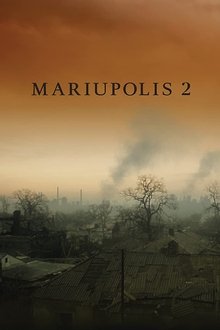
Mariupolis 2 (2022)
In 2022, Mantas Kvedaravičius went back to Ukraine, Mariupol, at the heart of the war, to be with the people he had met and filmed in 2015. Following his death, his producers and collaborators have put all their strength into continuing transmitting his work, his vision and his films. Also a PhD in anthropology, Mantas Kvedaravičius wished to testify as a filmmaker as far as possible from the agitation of the media and the politicians. With huge force and sensitivity, Mariupolis 2 depicts life as it continues amidst the bombing and reveals images that convey both tragedy and hope.
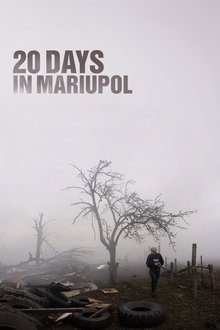
20 Days in Mariupol (2023)
As the Russian invasion begins, a team of Ukrainian journalists trapped in the besieged city of Mariupol struggle to continue their work documenting the war's atrocities.
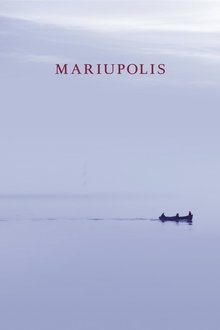
Mariupolis (2016)
The city of Mariupolis is by the Azov sea. It is also on the river Kalmius. Most of the city’s residents, half a million according to the last census, are working for the steel factory and do fishing, for leisure or food, in between shifts. The orthodox church towers above the city and its newly build bronze domes are sitting next to it, waiting to be donned. A tent near by is sheltering a crying icon, which receives a steady flow of visitors.
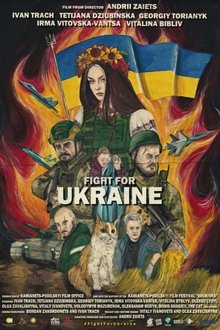
Fight for Ukraine (2022)
The story of the first months of the Russian invasion of Ukraine through the eyes of a volunteer from Kamianets-Podilskyi and a female volunteer who ended up in occupied Mariupol.
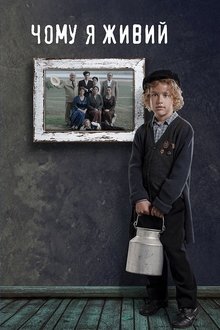
Why I'm Alive (2021)
Mariupol. Pre-war life in a small Ukrainian town on the shore of the Azov Sea, with a good family life, quarrelsome neighbors, amateur opera, denunciations to the NKVD, and a dance floor in the city garden, the persecution of religion and, of course, with love.
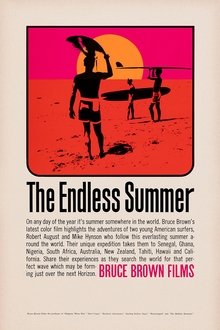
The Endless Summer (1966)
Bruce Brown's The Endless Summer is one of the first and most influential surf movies of all time. The film documents American surfers Mike Hynson and Robert August as they travel the world during California’s winter (which, back in 1965 was off-season for surfing) in search of the perfect wave and ultimately, an endless summer.

Return From the Dead (2016)
In this revelatory documentary, world-leading neurologist and doctor, Steven Laureys, conducts an immersive investigation into the phenomena of Return from the Dead, staging a ground-breaking experiment to show that a scientific explanation could replace a supernatural one.
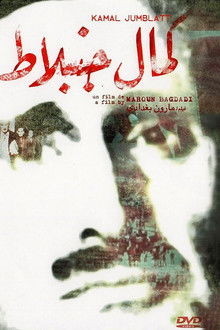
Greetings to Kamal Jumblatt (1977)
Tribute to the Druze Kamal Jumblatt, Minister of Economy and Agriculture (1946) and founder of the Progressive Socialist Party (PSP) in 1949. He was one of the architects of the departure of President Bechara el-Khoury (1952), before playing a major role in the events of 1958. From 1960 to 1964, Kamal Jumblatt assumed, under the presidency of Fouad Chehab, various ministerial functions . . After the conflict of June 1967, he gradually approached the Palestinian organizations. In 1969 he became Minister of the Interior; in August 1970, he supported the election of Soleiman Frangié as President of the Republic. Following the Lebanese-Palestinian clashes of May 1973, he took sides against the head of state, established himself as the leader of the National Movement in 1975 and engaged in a revolutionary armed struggle against the Lebanese Front. Hostile to Syria's intervention in Lebanon, he broke with it (March 1976). He was assassinated near a Syrian checkpoint in 1977.

Gulîstan, Land of Roses (2016)
They belong to the armed wing of the PKK, the Kurdistan Workers' Party, which is also an active guerrilla movement. The mission of these female fighters? Defend Kurdish territory in Iraq and Syria, and defeat ISIS (the armed militants of the so-called Islamic State group), all while embodying a revolutionary ideal advocating female empowerment. As filmmaker Zaynê Akyol follows their highly regimented lives, seasoned fighters like Rojen and Sozdar openly share with us their most intimate thoughts and dreams. Even as fighting against ISIS intensifies in the Middle East, these women bravely continue their battle against barbarism. Offering a window into this largely unknown world, Gulîstan, Land of Roses exposes the hidden face of this highly mediatized war: the female, feminist face of a revolutionary group united by a common vision of freedom.

We Are All for the Fatherland (1979)
After the 1978 Israeli invasion of Lebanon, children try to sing the national anthem as citizens search for hope in the war-torn South.

War on War (1983)
The camera wanders through streets standing witness to a war that has destroyed a city and an entire nation. Bagdadi goes to war against the Lebanese civil war, exploring different locations and situations in a country faced with its own demise. The poetic text raises questions of life and death through contrasting images of violent death and the will to live.

Sitcom: The Adventures of Garry Marshall (1979)
A day-in-the-life documentary with Garry Marshall. Marshall was an executive producer for ABC and was responsible for such hit shows as Laverne and Shirley, Happy Days, and Mork and Mindy. This tape features several behind the scenes segments from these shows' productions. Marshall is also interviewed about the nature of television production and comedy.

The Sniper of Kobani (2016)
Haron is a Kurdish sniper operating within the Syrian town of Kobani. As he fights the IS occupation, he shares his hopes and fears for the future of his country.

The Diver (2015)
An insight into the world of Julio César Cu Cámara, the chief diver for Mexico City's sewerage system, whose job it is to perform repairs and remove rubbish blocking the flow of water.
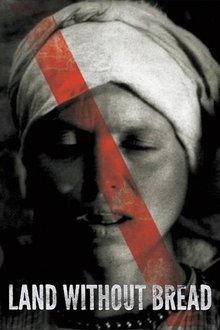
Land Without Bread (1933)
An exploration —manipulated and staged— of life in Las Hurdes, in the province of Cáceres, in Extremadura, Spain, as it was in 1932. Insalubrity, misery and lack of opportunities provoke the emigration of young people and the solitude of those who remain in the desolation of one of the poorest and least developed Spanish regions at that time. (Silent short, voiced in 1937 and 1996.)
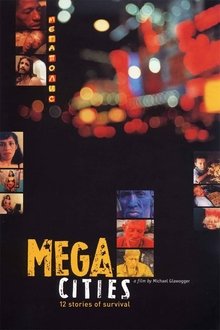
Megacities (1998)
Megacities is a documentary about the slums of five different metropolitan cities.
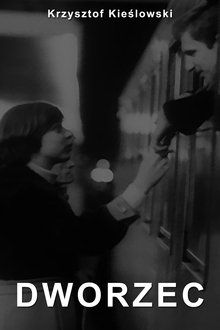
Railway Station (1980)
Kieslowski’s later film Dworzec (Station, 1980) portrays the atmosphere at Central Station in Warsaw after the rush hour.
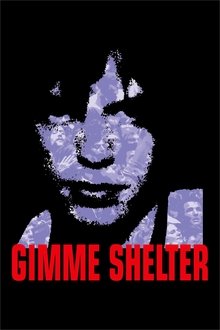
Gimme Shelter (1970)
A detailed chronicle of the famous 1969 tour of the United States by the British rock band The Rolling Stones, which culminated with the disastrous and tragic concert held on December 6 at the Altamont Speedway Free Festival, an event of historical significance, as it marked the end of an era: the generation of peace and love suddenly became the generation of disillusionment.
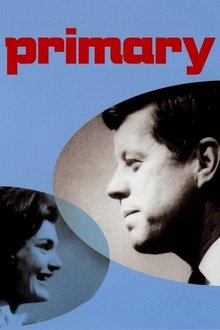
Primary (1960)
Primary is a documentary film about the primary elections between John F. Kennedy and Hubert Humphrey in 1960. Primary is the first documentary to use light equipment in order to follow their subjects in a more intimate filmmaking style. This unconventional way of filming created a new look for documentary films where the camera’s lens was right in the middle of what ever drama was occurring. Preserved by the Academy Film Archive in partnership with The Film Foundation in 1998.
